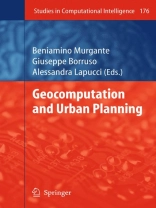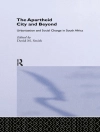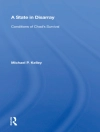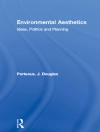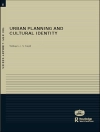Sixteen years ago, Franklin estimated that about 80% of data contain geo-referenced information. To date, the availability of geographic data and information is growing, together with the capacity of users to operate with IT tools and instruments. Spatial data infrastructures are growing and allow a wide number of users to rely on them. This growth has not been fully coupled to an increase of knowledge to support spatial decisions. Spatial analytical techniques, geographical analysis and modelling methods are therefore required to analyse data and to facilitate the decision process at all levels. Old geographical issues can find an answer thanks to new methods and instruments, while new issues are developing, challenging researchers towards new solutions. This volume aims to contribute to the development of new techniques and methods to improve the process of knowledge acquisition. The Geocomputational expression is related to the development and the application of new theories, methods and tools in order to provide better solutions to complex geographical problems. The geocomputational analysis discussed in this volume, could be classified according to three main domains of applications; the first one related to spatial decision support system and to spatial uncertainty, the second connected to artificial intelligence, the third based on all spatial statistics techniques.
İçerik tablosu
Geocomputation and Urban Planning.- Detection of Urban Socio-economic Patterns Using Clustering Techniques.- A Tale of Two Cities: Density Analysis of CBD on Two Midsize Urban Areas in Northeastern Italy.- Identification of “Hot Spots” of Social and Housing Difficulty in Urban Areas: Scan Statistics for Housing Market and Urban Planning Policies.- The Town at the End of the Town: Integration and Segregation in Suburbia.- Planning Evacuation by Means of a Multi-modal Mesoscopic Dynamic Traffic Simulation Model.- Improving Moran’s Index to Identify Hot Spots in Traffic Safety.- Visual Impact Assessment in Urban Planning.- Urban Roughness Parameters Calculation in the City of Rome by Applying Analytical and Simplified Formulations: Comparison of Results.- An Object-Oriented Model for the Sustainable Management of Evolving Spatio-temporal Information.- GIS and LIDAR Data Analysis for the Integration of Multidimensional Indicators on Urban Morphogenesis Multi-agent Vector Based Geosimulation.- Urban Pattern Morphology Time Variation in Southern Italy by Using Landsat Imagery.- Predicting the Urban Spread Using Spatio-morphological Models.- A Multi-Agent Geosimulation Infrastructure for Planning.- A Participative Multi Agent System for Urban Sustainable Mobility.
